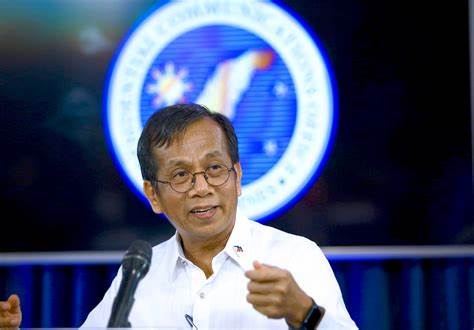The Marcos administration reaffirmed its unwavering commitment to fostering high-quality and high-paying jobs for Filipinos, following the highest recorded labor force participation rate since April 2005. This significant milestone, announced by the Department of Economy, Planning, and Development (DEPDev), underscores the robust health and competitiveness of the Philippine labor market.
According to the Labor Force Survey of the Philippine Statistics Authority (PSA) for May 2025, persons aged 15 years and over in the labor force now comprise 65.8 percent of the population. This represents a notable increase from 64.8 percent in May 2024, indicating that an additional 1.4 million Filipinos have joined the labor force, which now totals 52.32 million individuals.
The country’s unemployment rate also saw a decline, reaching 3.9 percent in May 2025, down from 4.1 percent in May 2024. This figure positions the Philippines favorably against some regional counterparts, with a lower unemployment rate than China (5.0%) and India (5.6%), though it remains higher than Malaysia’s (3.0%) and Vietnam’s (2.2%).
However, the survey also noted an increase in the underemployment rate, which rose to 13.1 percent in May 2025 from 9.9 percent in May 2024. This was primarily attributed to more part-time workers seeking additional hours, citing variable working schedules or the nature of their work, as well as holidays, as reasons for working less than 40 hours per week.
“We welcome this development in labor force participation because it indicates a healthy and competitive Philippine labor market,” stated Economy, Planning, and Development Secretary Arsenio M. Balisacan. “Generally, a larger workforce can lead to increased economic output and potentially higher GDP growth, as more people contribute to the economy. This also reflects growing confidence in the labor market and the impact of ongoing efforts to expand access to employment opportunities across sectors.”
Secretary Balisacan highlighted the government’s continuous push for critical Infrastructure Flagship Projects, which are designed to address existing gaps and attract job-generating investments. He emphasized the importance of enhancing the efficiency of public spending and strategically allocating limited fiscal resources to high-impact areas, including quality education, healthcare, food security, and connectivity infrastructure.
Furthermore, Balisacan underscored the administration’s focus on equipping Filipinos with in-demand skills and competencies to ensure the workforce remains agile in an increasingly competitive and dynamic labor market. “We will leverage recently enacted policy reforms to improve upskilling and reskilling initiatives,” he said, citing stronger industry partnerships under the Enterprise-Based Education and Training (EBET) Framework Act, the implementation of the Expanded Tertiary Education Equivalency and Accreditation Program (ETEEAP), and the passage of the Lifelong Learning Development Framework Bill. These initiatives are detailed in the recently launched “Trabaho para sa Bayan Plan.”
In line with the country’s strategic shift toward high-value IT-BPM services, the government is actively working to create an enabling environment to attract more Global Capability Centers (GCCs) to the Philippines. Efforts will concentrate on strengthening workforce competencies in digitalization and generative AI. As digital technologies continue to advance, the government is also set to release timely guidelines on the “Future Workforce in an AI Workplace.” These guidelines aim to assist government agencies, industry players, labor groups, academic institutions, and workers in integrating AI into their operations while safeguarding jobs through enhanced digital literacy and AI-related skills.
The Philippine Development Plan 2023-2028 midterm update, scheduled for release this month, will further highlight key priorities and recalibrated strategies essential for navigating heightened external uncertainties and achieving the government’s transformation agenda, including the revitalization of quality job creation.




